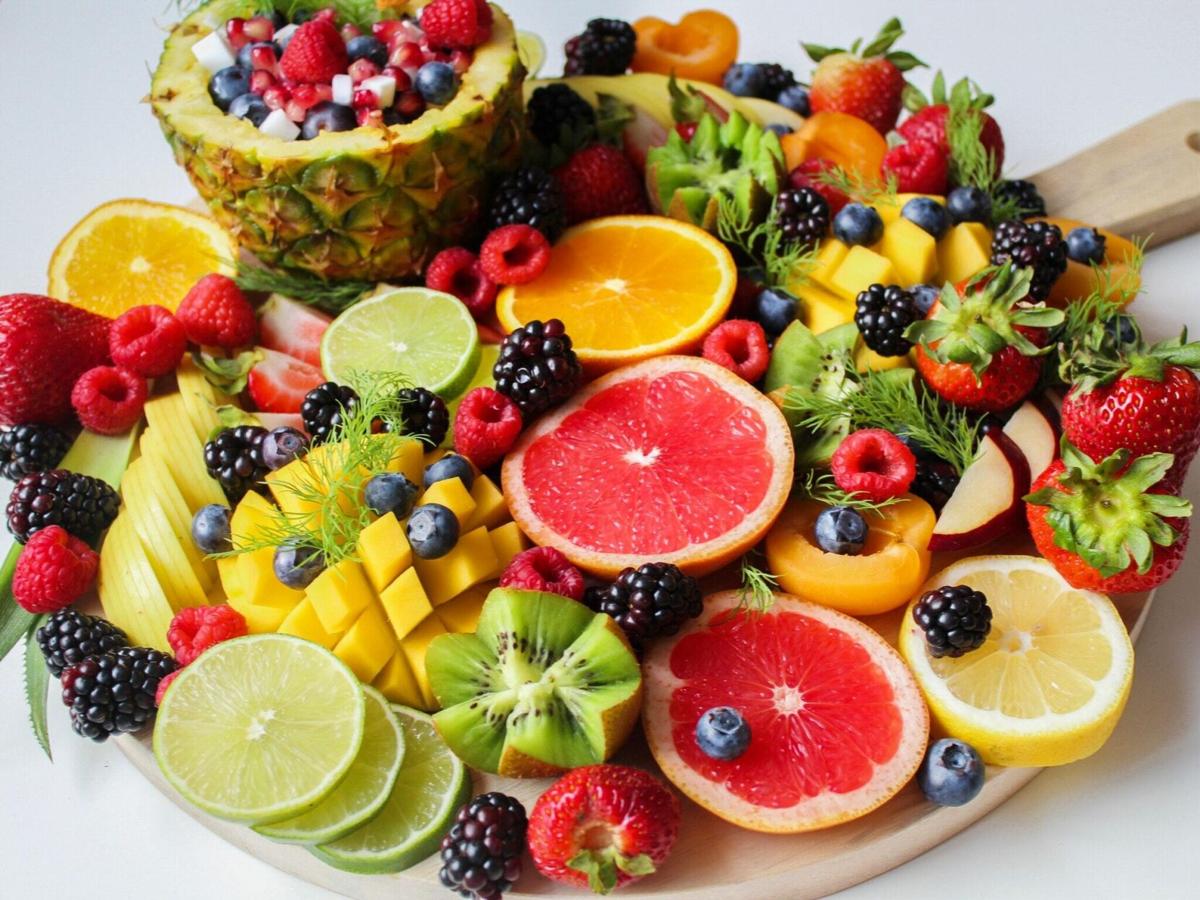Parkinson’s disease prevalence is anticipated to triple in the next few years. Exercise is clinically proven to delay the progression of the disease. Intermittent fasting, very carefully and selectively participating may be an additional modality.
According to information found online, “Homeosis is beneficial in conditions where smaller exposure leads to a beneficial or favorable response, and larger exposure leads to a negative or toxic consequence. Mattson et al. Review intermittent metabolic switching from glucose to ketones and back to glucose, through periods of short fasts and/or exercise (negative energy balance) and periods of eating and rest (positive energy balance).”
What does that mean? Doing small measures spread out is better than an intense hard schedule. In other words, easy does it! Fasting can be done daily, weekly, or monthly.
Part of the study included a 28-day (about four weeks) look at the ketogenic diet and noticed patients that finished the trial had improved Unified Parkinson’s Disease Rating Scale, (see sources) including better changes in non-motor and daily living experiences.
Intermittent Fasting (IF) has resulted in improved insulin sensitivity, decreased excitotoxicity, reduced neurodegeneration and protection against autonomic dysfunction and motor and cognitive decline! IF enhances neurogenesis, (neurogenesis is getting new neuron cells) upregulates GABA. “There is no restriction in foods, although lean protein, complex carbohydrates and unsaturated fats are preferable.” The limitation is the number of hours of the day for eating around eight to 10 hours at most, no snacks and sleep can be part of the fasting period. It can be a beneficial adjunctive modality (system, routine) in addition to medication and exercise.
Good news about what to eat. Higher Flavonoid intake before a Parkinson’s disease diagnosis was linked to a lower future risk of all-cause mortality in men, but not in women. After Diagnosis: greater consumption of three servings a week of flavonoids, berries, and red wine (or one cup of fresh concord grapes) also tea, apples, oranges, and orange juice (unsweetened). All contribute to a better chance to live a better longer life.
In this type of class, there are two purposes. The first is to build muscle mass to recover lost strength and functions, and second is to counteract the neurologic deficits that occur and to prevent the progression of the disease symptoms. We do this with weighted movements, education at every session and sharing experiences, strength and support for one another. WITHOUT WHINING!
We are listed in HOA-1 under exercise and support; Classes are featured on Monday at 12 p.m. in the Fitness Center and on Tuesday and Thursday at 1:30 p.m. to 3 p.m. in the HOA-1 Art and Craft Center, room 3. Next to the Gift shop. All are welcome!
We have quarterly support and educational meetings on the third Thursday in 2024 on Thursday, January 18, Thursday, April 18, Thursday, July 18 and Thursday, October 17. For Parkinson’s information and support, visit pmdalliance.org.
Call Neuroplasticity Coach, Vera Shury, HCH Coach, at (520) 275-8755 for a 15-minute, free coaching. Email her at vera@liberty science.com.
Save the Date for Dr. Michaela Gaither, Physical Therapy Specialist in Movement Disorders, in the HOA-1 Craft Center at 1:30 p.m. on Thursday, January 18.
HAVE FUN! Live Life to the Fullest!
Sources
nlm.nih.gov/pmc/articles/PMC9571011/
MDS-Unified Parkinson’s Disease Rating Scale (MDS-UPDRS) (movementdisorders.org)
Consuming higher levels of flavonoids and flavonoid-rich foods lowers mortality risk in people with Parkinson’s disease — Neurodiem




